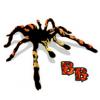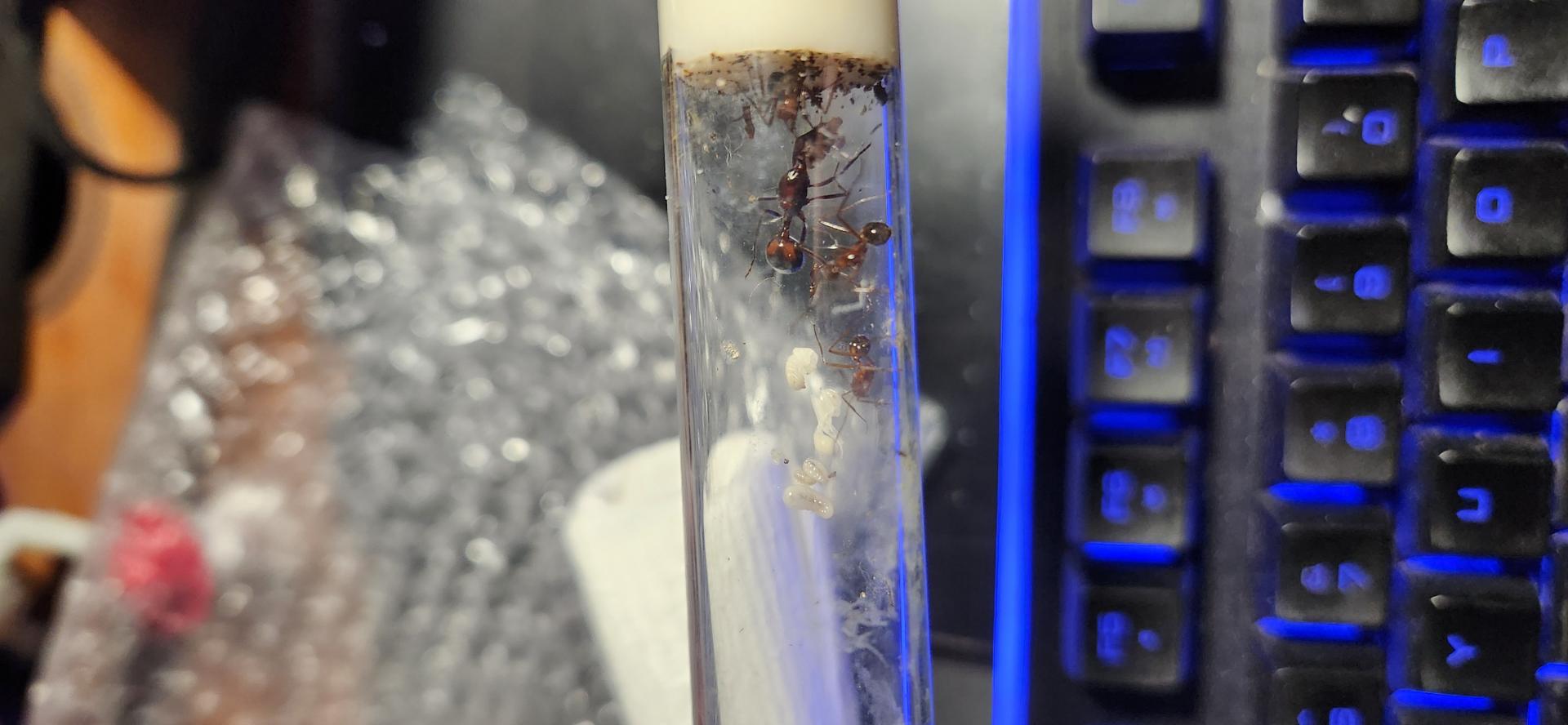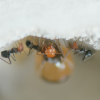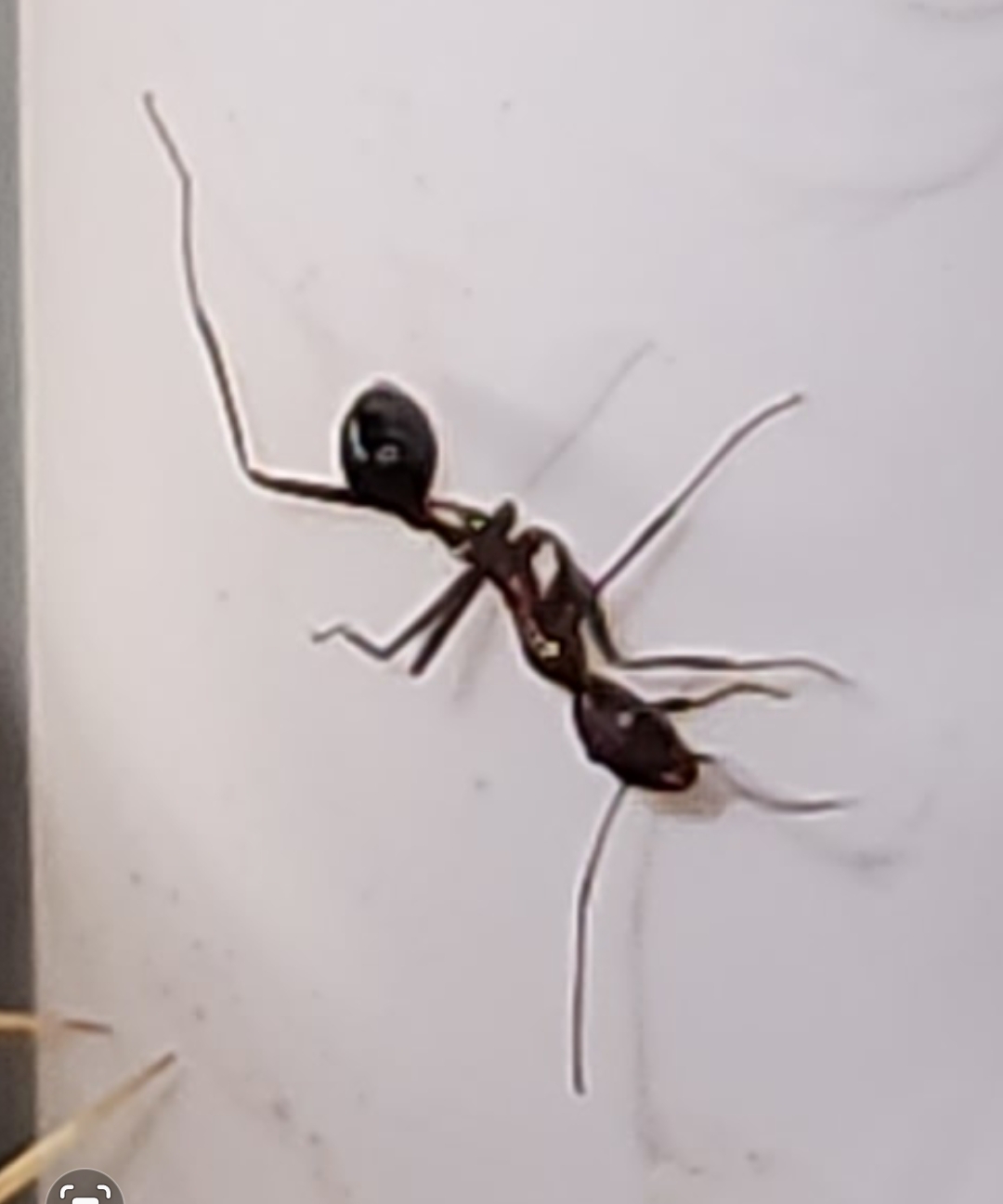My own take would be to suggest a not dirt setup. I read plenty of people having better luck founding with many species in dirt, but it looks like you got a more going colony there already. And dirt is more work/more variables to deal in as far as i my reading/homework has shown. No personal XP wiht dirt though.
I'm lazy so all my setup effort is on having the lowest amount of ongoing maintenance and/or difficulties over time. With a willingness to do a bit more effort up front/spend more money up front, to have less effort over time.
I too like more natural looking setups and am that into the plastic/acrylic setups personally.
I do know that for dirt setups you want a not too loose a dirt/sand, or their tunnels will easily collapse on them. Some kind of clay/dirt/sand mix that's not too dense/firm, but not too loose either. Again, challenges that not dirt setups don't face, which is why i didn't do dirt. I'm lazy.
I would say that if you had separated nest/outworld space you could do a 1/4"-1/8" loose dry sand as the base of the outworld for a natural look there.
Though part of the challenge of real dirt available is the ants can build with it. They could potentially cover up viewing glass into their nest if they wanted it darker.
On heat:
I'd recommend a 15 watt heat cable over a matt. You can more easily control exactly where you want to apply heat. Part of the challenge is applying heat and giving them high humidity in their nest, while not getting condensation covering up the view into their nest.
Keeping the heat source as far from the humidity source as possible is part of controlling the condensation. In test tubes it's likely best to not apply heat directly to it as it s so small and one solid material the heat will evaporate the water too fast and fill the tube with condensation.
If you have the tube as their nest in a tank, then keeping the internal ambient of the tank up should be plenty with no need to directly apply heat to their nest. And an overhead incandescent is likely plenty for that. Though consider what temps may do overnight if it is off. My house has the thermal properties of a tent, in winter i use an overhead ceramic heat element at night so their space don't get too cold.
When you move them out of their tube:
When i had my colony in a THA mini hearth, i attached the heat cable to the opposite side as the watertower (what hydrates the inside of the nest, in the tube this is the cotton-ball with water behind it) to not heat it too much. But importantly also let the heat cable have a little direct contact with the glass too. Condensation happens when there is a great enough temperature difference between the inside nest air temp and the temp of the glass. Applying a little heat directly to the glass keeps it warm enough to prevent it, and will dry out any glass that has condensation on it already.
Here's what my setup looks like using all THA outworlds. Though my nests are behind the outworlds so you can't seem them well in the image.
There is no loose dirt in anything, it's all a plasterish pour material of some kind, with natural rocks, sticks, and few fake plants as decoration.
https://www.formicul...-1698166076.jpg
And my journal here in case you find any useful info in it.
https://www.formicul...dentalis/page-7
Lastly this device has really let me be lazy and feel confident the ant's environment is kept consistent.
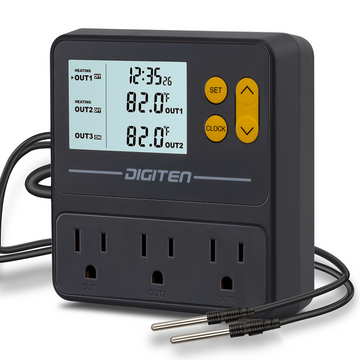
https://www.digiten....om-fermentation
two temp probes control two outlets for heat that also have a timer function. And one timer only outlet for day/night light.
Early on I used one for nest temps and one for ambient. But now i have more nest so both outlets run a heat cable for different nest sections now.
Most ant nests will have some ports on them for expanding or ventilation/water. I use one for a temp probe with a rubber band around the end so it fits into the port tightly.
Good luck.
Edited by Full_Frontal_Yeti, January 7 2024 - 9:09 AM.


